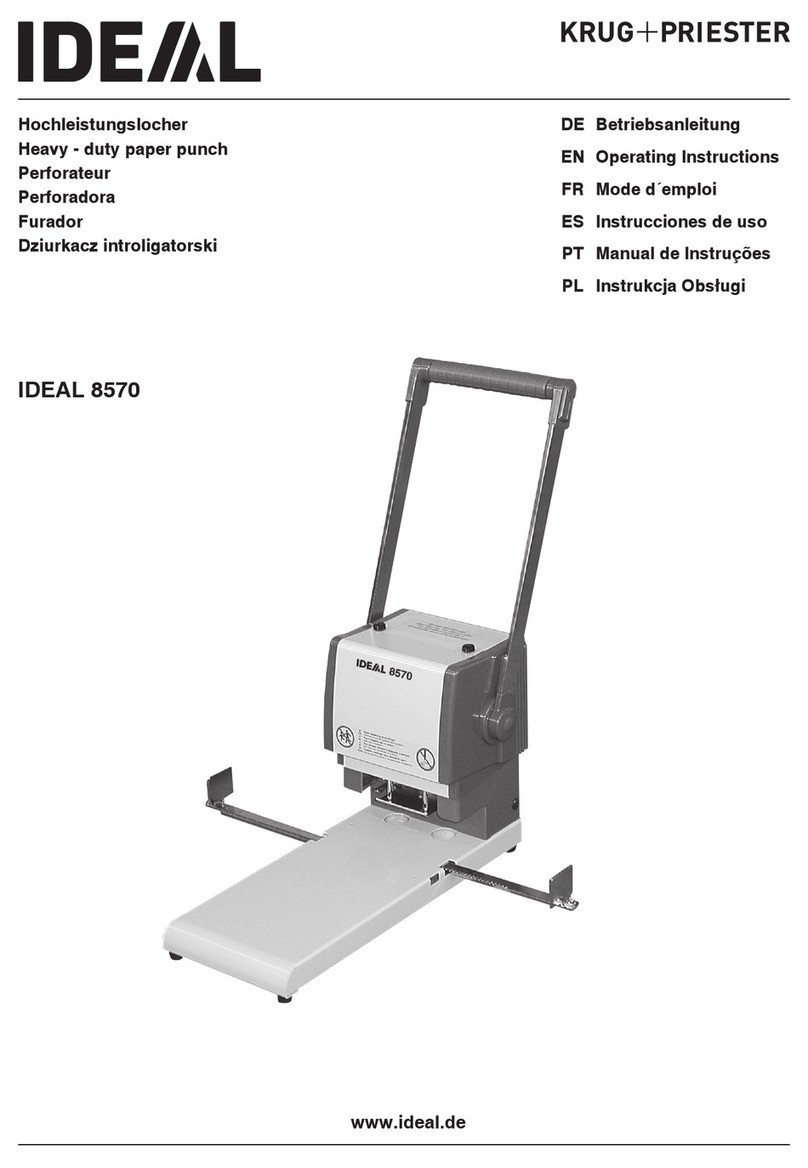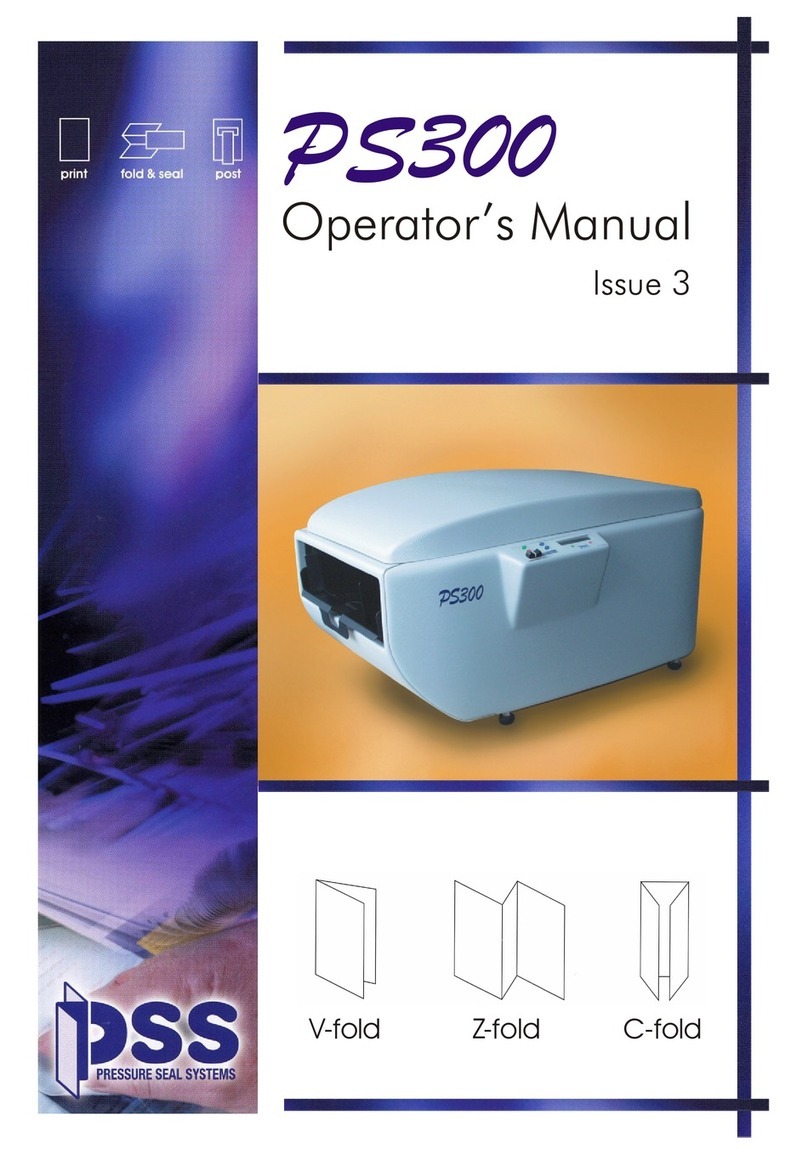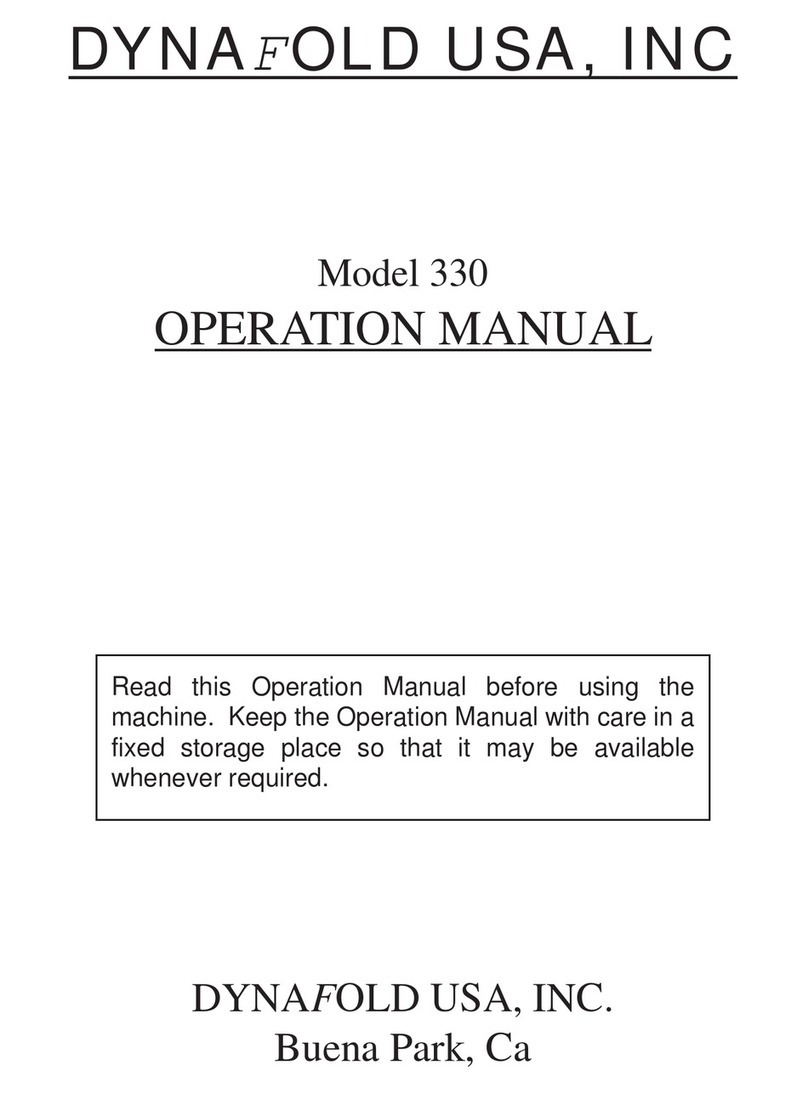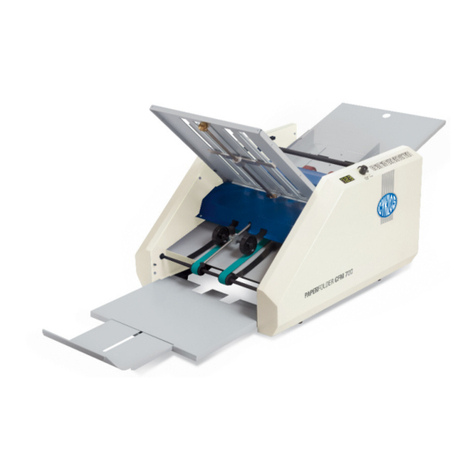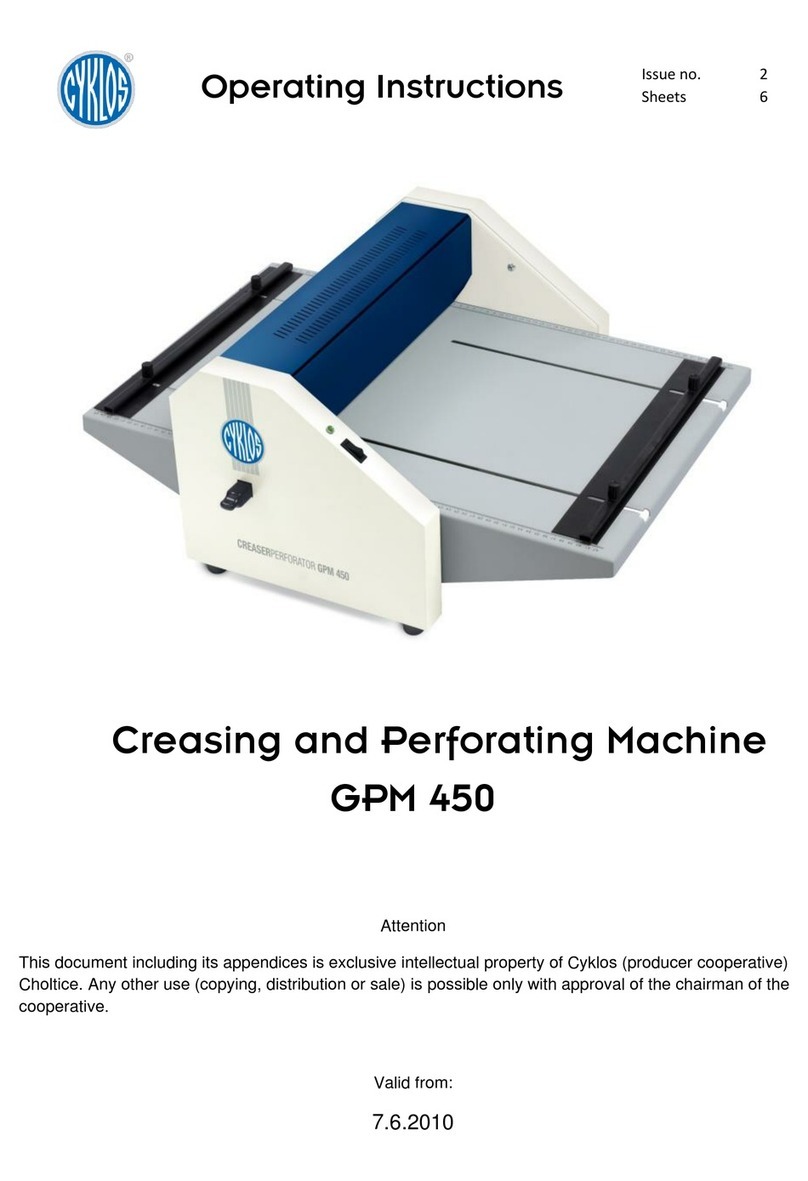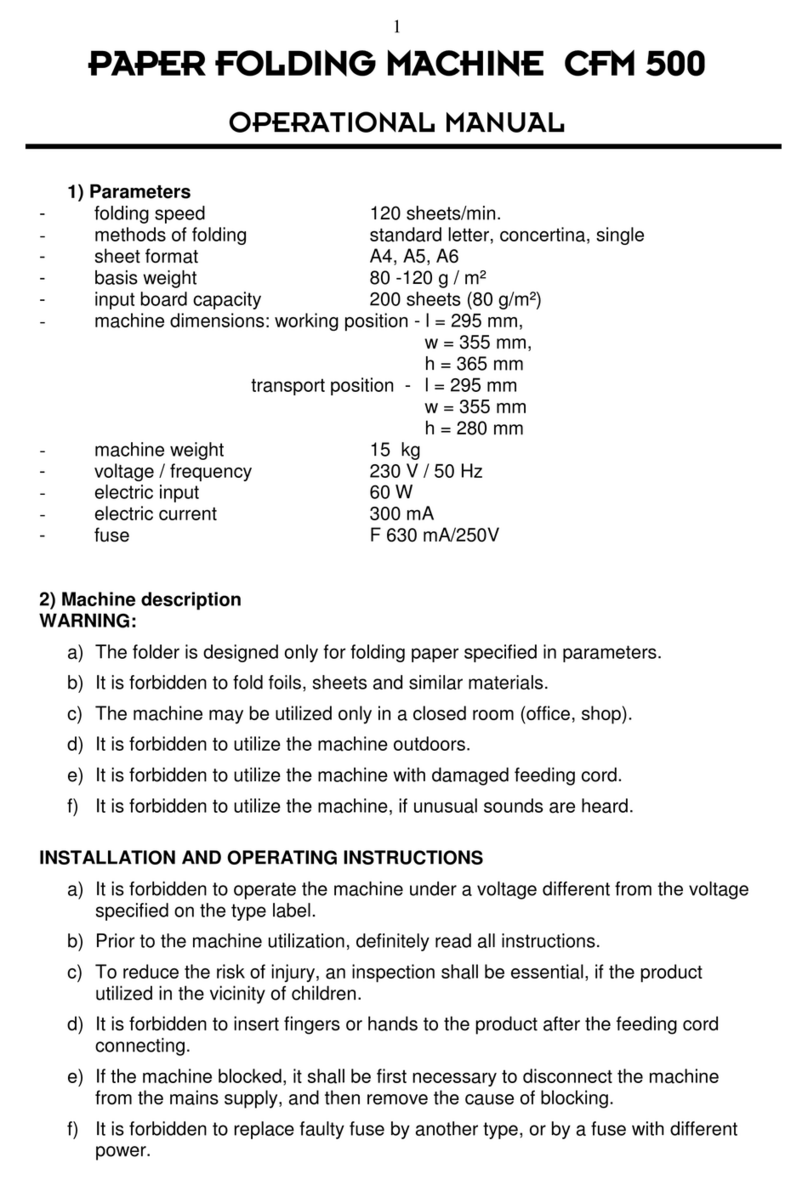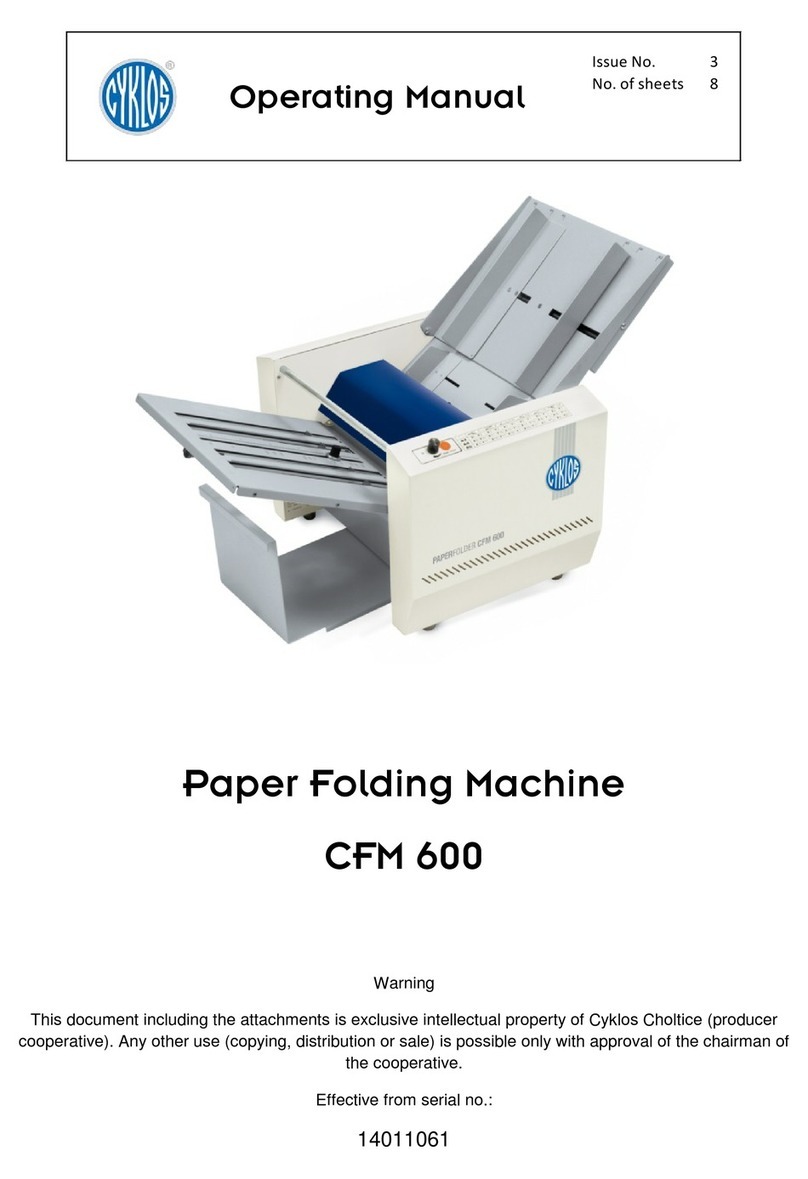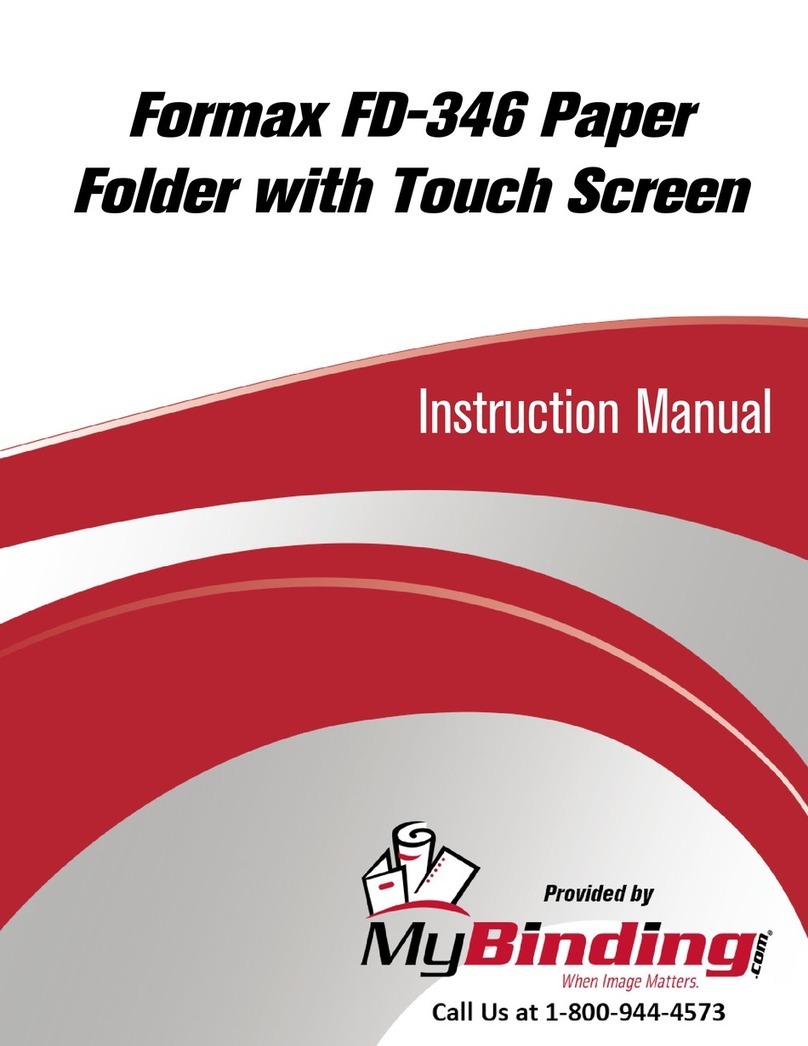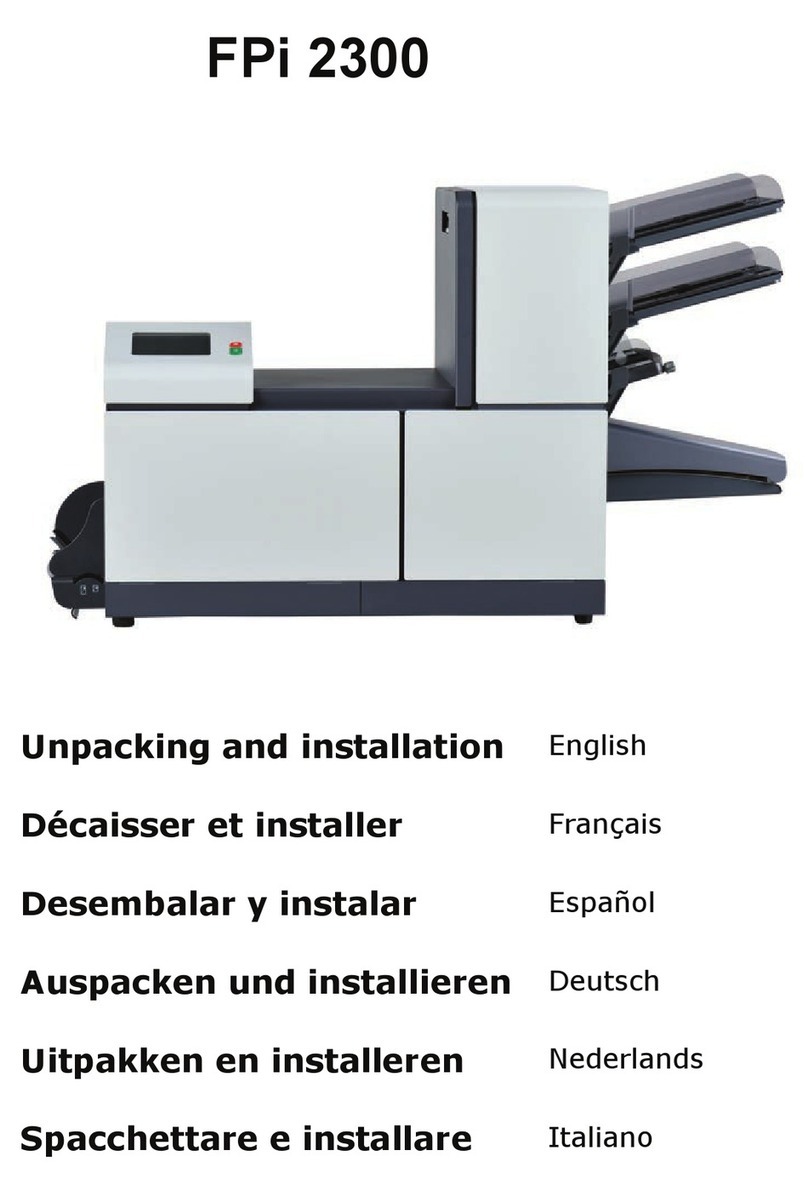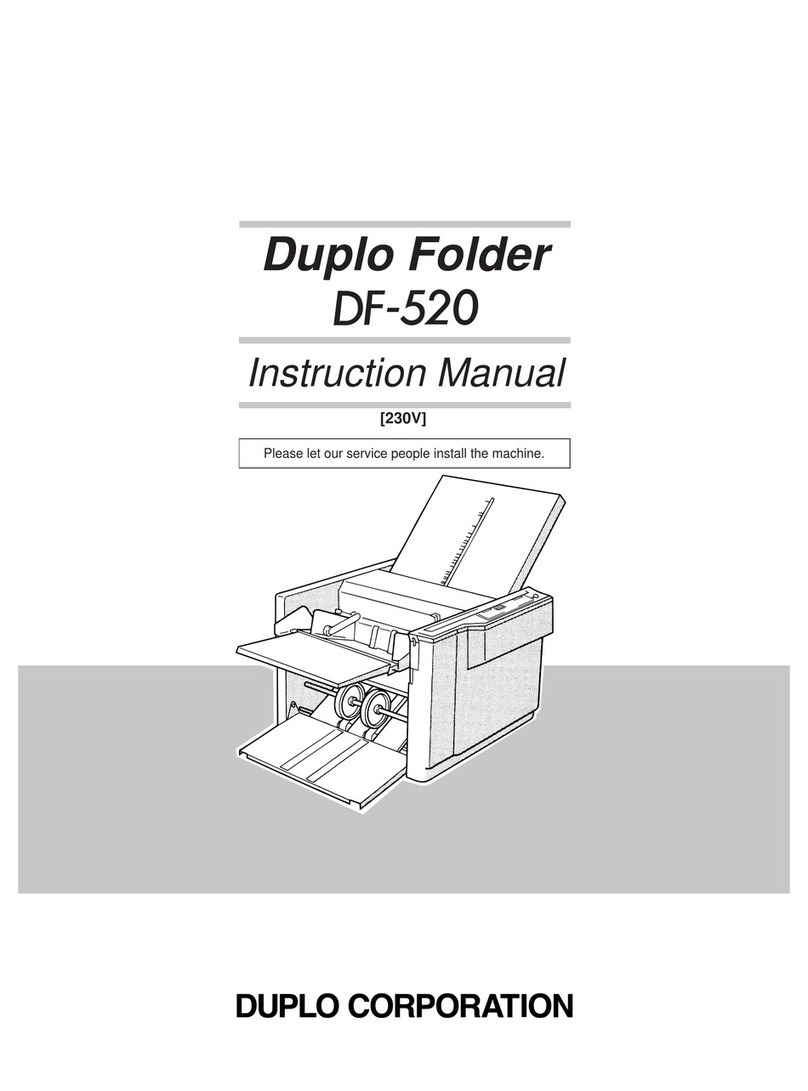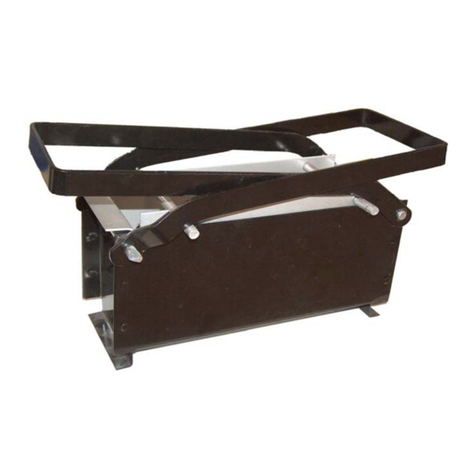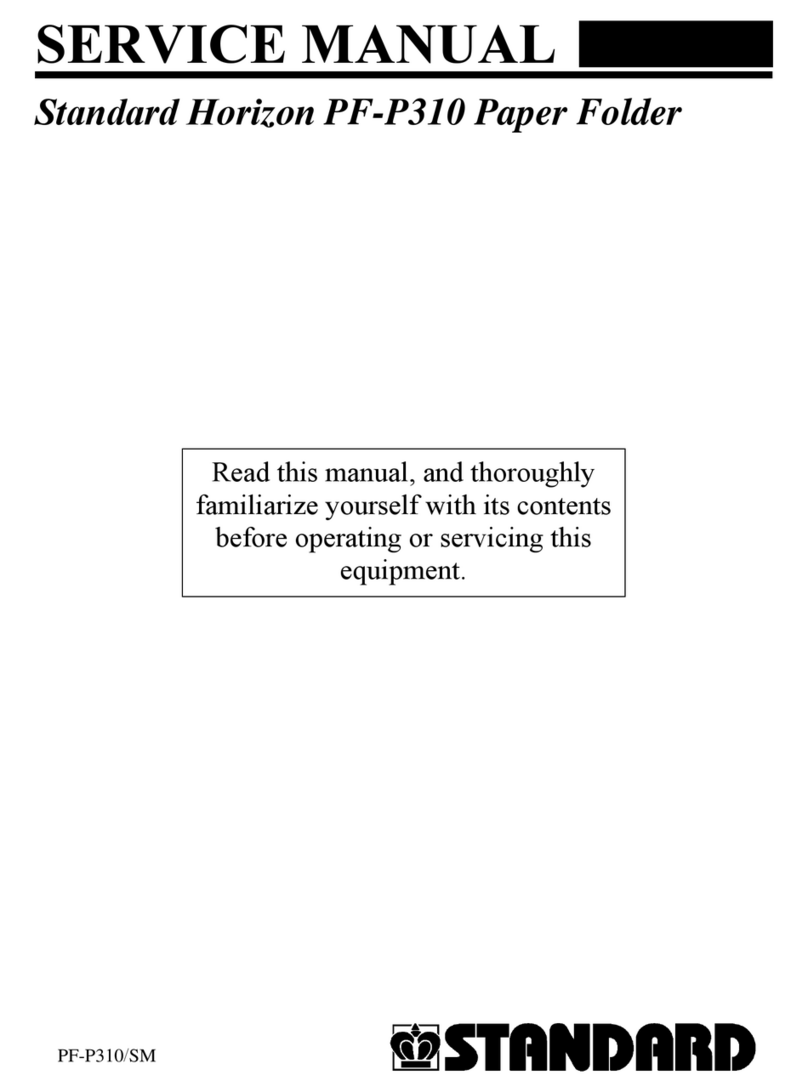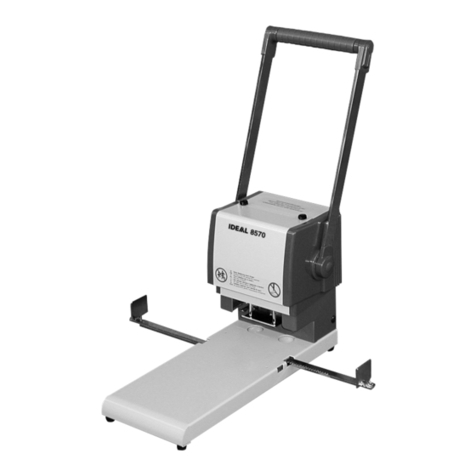
Operating Instructions | AirSpeed 450
2
CONTENTS
1. Introduction...............................................................................................................................................4
2. Safety Risks..............................................................................................................................................4
2.1 Warning...............................................................................................................................................4
2.2 General Work Safety and Health Protection........................................................................................4
3. Warnings ..................................................................................................................................................5
4. Technical Parameters...............................................................................................................................7
5. Machine Description .................................................................................................................................8
5.1. Introduction ........................................................................................................................................8
5.2 Exchangeable tools.............................................................................................................................9
6. Machine Installation................................................................................................................................11
7. Setting the Machine................................................................................................................................11
7.1 Setting the Table...............................................................................................................................11
7.1.1 Setting the Table Upper Position.................................................................................................13
7.2 Setting the Separator ........................................................................................................................13
7.3 Setting Air Blowers Gap ....................................................................................................................14
7.4 Setting Rotary Perforating (Cutting) and Guiding Pulleys ..................................................................14
7.4.1 Setting Perforation or Cutting Thrust...........................................................................................15
7.5 Setting Delivery Table .......................................................................................................................15
7.6 Adjustment of Top Bar Stroke............................................................................................................16
8. Setting the Machine Using Touch Screen...............................................................................................17
8.1 Touch Screen Preview......................................................................................................................17
8.2 Overview of Touch Screen Function Icons ........................................................................................17
8.2.1 Sound On/Off..............................................................................................................................17
8.2.2 Manual Control ...........................................................................................................................18
8.2.3 Info .............................................................................................................................................18
8.2.4 Language Selection....................................................................................................................18
8.2.5 Service Menu..............................................................................................................................19
8.3 Setting the Feed................................................................................................................................20
8.4 Setting the Number and Position of Creases/Perforations.................................................................21
8.4.1 Most Common Folds...................................................................................................................21
8.4.2 Setting the Number of Segments................................................................................................22
8.4.3 Setting the Position of Segments................................................................................................22
8.5 Setting the Speed of Processing .......................................................................................................23
8.6 Loading Paper...................................................................................................................................23
8.7 Setting Batch.....................................................................................................................................23
